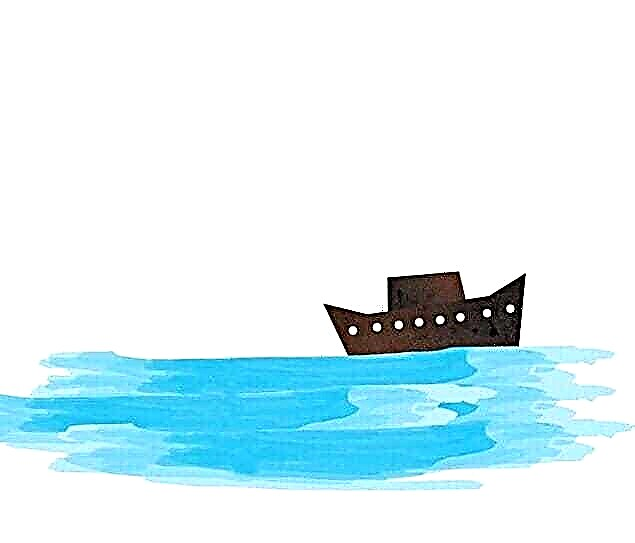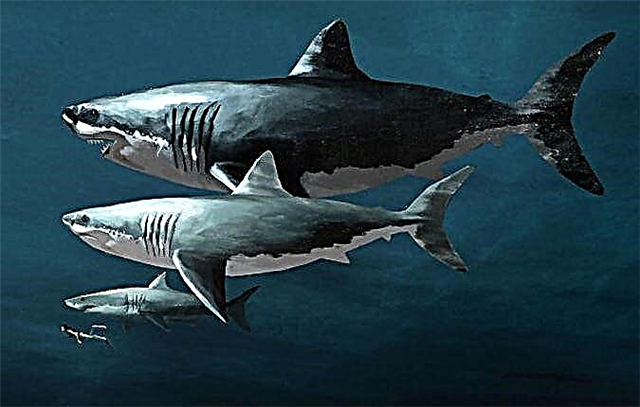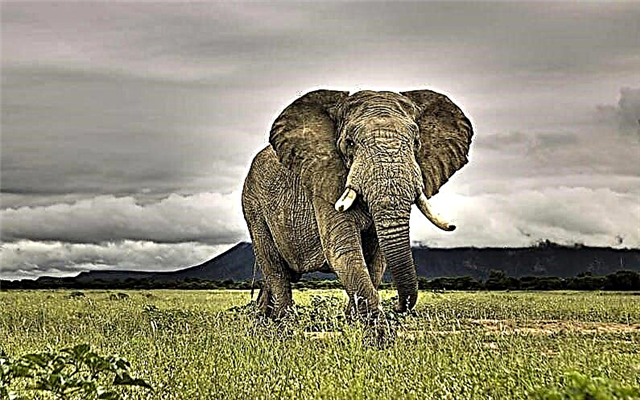
Pluto is 5.8 billion kilometers from the Sun and is considered the most recent planet in the solar system.
The planet is very small and is so far away that astronomers know almost nothing about it, besides, it may be that its surface consists of frozen nitrogen.
Characteristics of Pluto
Pluto makes a revolution around the Sun in 248 Earth years. In the eternal twilight of Pluto, the Sun looks like a bright star, hardly distinguishable from other stars in the sky. If you lived on Pluto, you probably would not even know that the Sun is “your” star. However, Pluto is sometimes the eighth planet, becoming closer to the Sun than Neptune, the neighbor of Pluto.

For example, in 1978, Pluto crossed the orbit of Neptune. Because of its smallness and remoteness, Pluto was discovered only in 1930, but scientists have long predicted its existence. Astronomer Clyde Tombo investigated the area of the sky where Pluto was expected to appear, and identified the planet by its movement against the background of fixed stars.
Orbit of pluto

The orbital plane of Pluto does not coincide with the plane of the orbits of the other eight planets of the solar system. Their orbits lie in the same plane as concentric circles, although in reality the orbits of the planets are not circles. Pluto's orbit is rotated at an angle to the plane in which the orbits of the remaining eight planets lie. Pluto takes off above this plane, then dives under it, crossing the trajectory of the orbit of Neptune.
Is Pluto a planet?
More recently, astronomers have wondered if Pluto is really part of the solar system. Why did this question arise? The first four planets of our solar system - Mercury, Venus, Earth and Mars - are very small, rocky worlds. The next four - Jupiter, Saturn, Uranus and Neptune - are huge gas planets, followed by Pluto. It is the size of our moon. Pluto is simply incredibly small compared to the giants, its closest neighbors on the periphery of the solar system.
Satellite of pluto
Pluto has a satellite - Charon. The size of Charon is slightly different from Pluto. Rather, it is a sister planet than a true satellite. As a result, the theory was born that Pluto and Charon do not belong to the solar planetary system.

These are small planets that revolve around the sun beyond the periphery of the planetary system itself. Perhaps beyond Pluto and Charon are the orbits of another thousand Pluto. Some astronomers call such small cold objects ice dwarfs. Ice dwarfs, if they exist, of course, are very far removed from the Sun, they are very dark and difficult to find in space.
But if this theory is confirmed, then it will change our ideas about the solar system. The nine planets we are familiar with will be complemented by a whole large number of small ice worlds that revolve around the Sun, being at a great distance from it.











